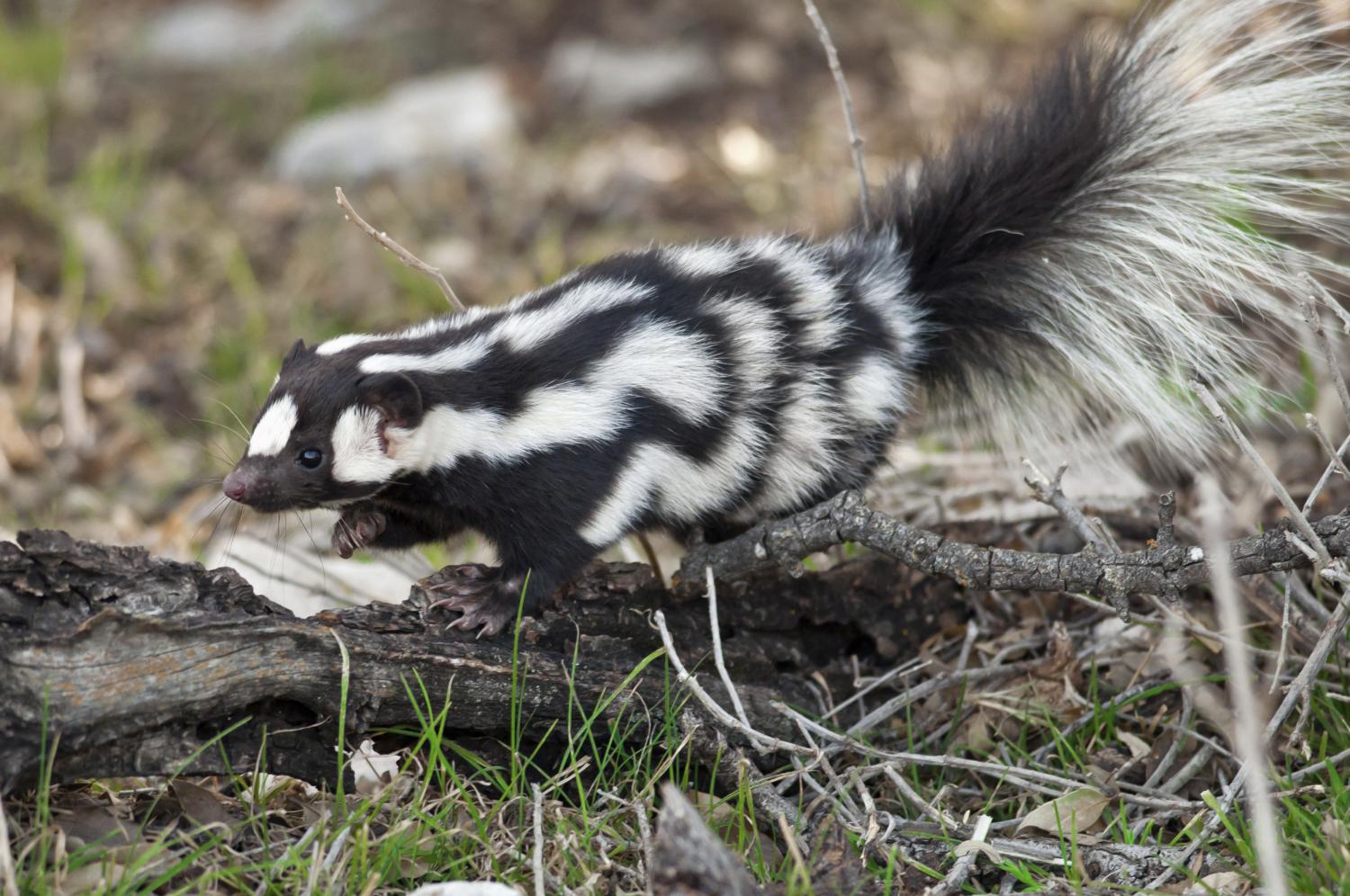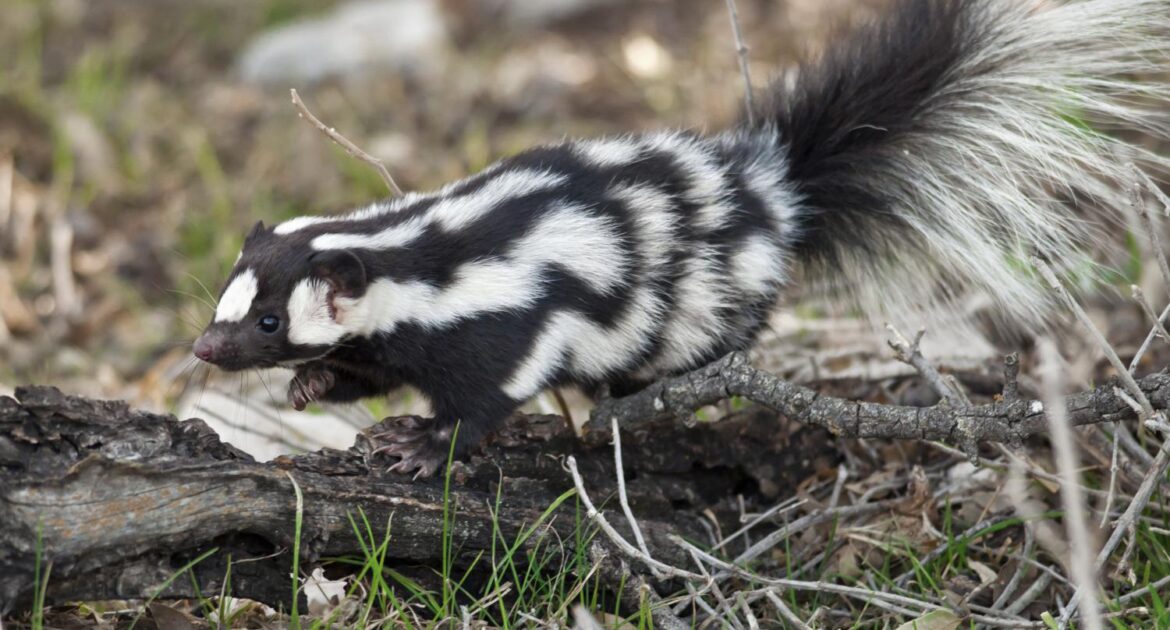As the weather turns colder, animals such as skunks, raccoons, mice, and squirrels start looking for warm places to spend the winter, preferably near a reliable source of food. Any of these animals may end up inside your home, requiring wildlife control in Richmond Hill to remove them safely. Skunks are unique in that, unlike many of the other species you may encounter in your home, skunks are generally not good climbers. That means that you are unlikely to find them living in your attic, though you might find them elsewhere on your property.
Why Don’t Skunks Climb?
In the wild, most species of skunks usually live in fields, clearings, and pastures rather than in wooded areas. They are omnivorous and feed primarily on insects, grubs, and earthworms, as well as mice if they can catch them. They have short, stocky legs that keep them near the ground where they are most likely to find their prey as they forage for food. Because there aren’t a lot of trees in their preferred habitat, the ability to climb would not be advantageous to them. Unlike animals such as squirrels and raccoons, the tail of the skunk is ill-equipped to help them keep their balance while climbing.
In addition to their defensive spray, skunks’ special talent is digging. They are equipped with strong front paws and long claws, they are able to dig quickly and find their preferred foods. They also use their digging abilities to excavate burrows for themselves to spend the winter months, and to raise their babies.
What Do Skunks Do Instead of Climbing?
While skunks are capable of digging their own burrows, they prefer not to do all the work themselves. Instead, they look for an existing hole or shelter, perhaps digging a little to make it bigger or otherwise more accommodating. In the wild, this may mean that a skunk looks for a burrow that was previously dug by another animal and has since been abandoned, or another naturally occurring shelter, such as a space under a fallen tree. However, skunks that live in suburban areas may be more likely to take shelter in a woodpile or dig a burrow under a deck or porch.
Are There Any Skunks That Can Climb?
While most species of skunks are earthbound by nature, there are one species of skunk that can climb. The spotted skunk has black-and-white markings like other species but has a more mottled appearance compared to the smooth, unbroken stripes that most other skunks have. There are two varieties of spotted skunk, and the eastern spotted skunk is unique among others in its ability to climb because of its smaller size and greater agility. This ability serves it well when it comes to scaling various objects in rural areas in search of rodents to eat, or climbing up trees to find beehives to get honey. It also means that eastern spotted skunks may make nuisances of themselves to homeowners by climbing up onto roofs and making dens in chimneys or attics, the same way that raccoons and squirrels often do. The eastern spotted skunk is sometimes found in Canada, but it is very rare. It is more commonly found in the southeastern and midwestern United States.
How Do You Know if You Have Skunks on Your Property?
Skunks are nocturnal, so you are unlikely to see them during the day. You most often recognize them by their distinctive, unpleasant smell, especially during mating season when they spray each other. You may also see their five-toed tracks and the impressions made by their long claws in the soil around your home. You may notice unusual holes in your lawn or garden where skunks have been digging for food.
Wildlife Control in Richmond Hill From Skedaddle
Skunk removal is one of the many services that our trained technicians provide. We remove animals humanely from your home, ensuring the safety of both you and the animal. Learn more about our process, including decontamination and exclusion.




